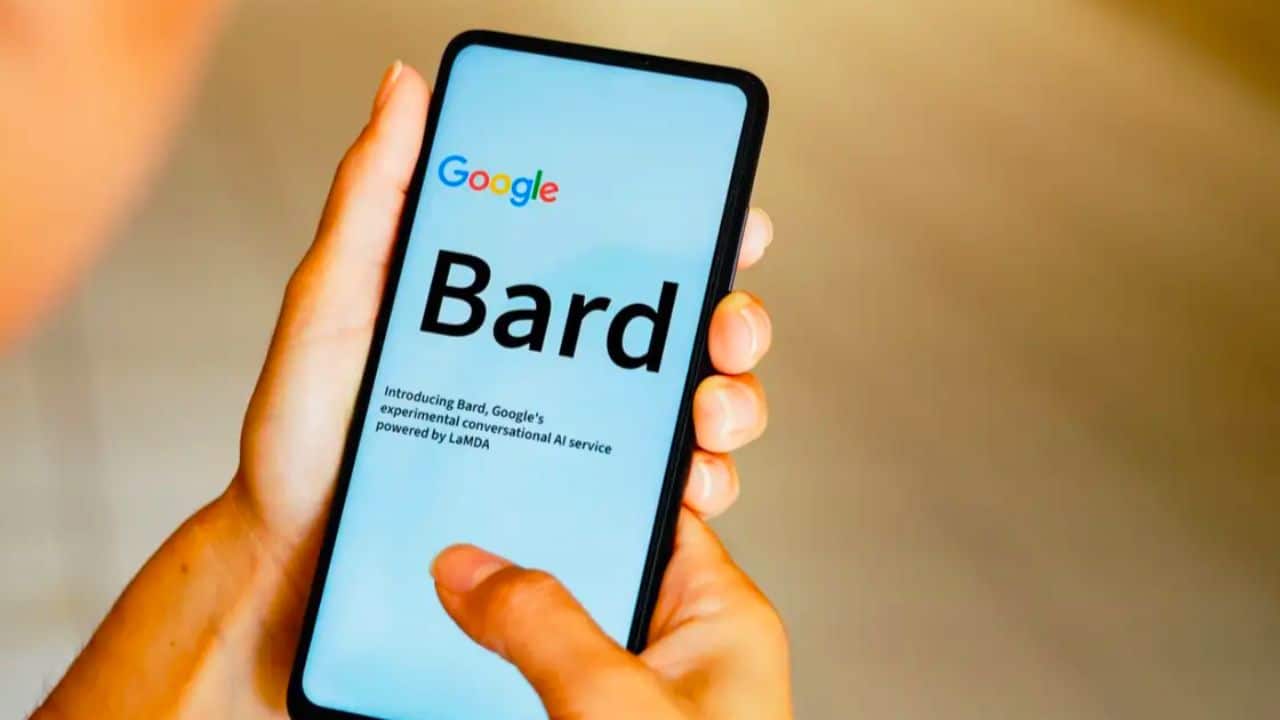One of the most exciting announcements at the Google I/O Conference 2023 was the release of Bard in 180 countries. Bard, the closest competitor of Open AI’s ChatGPT, was launched in February 2023 in the USA and UK and is accessible via its waitlist. Starting in May 2023, Google dropped the Bard waitlist and expanded it to several countries,
Users can immediately access Bard in supported countries. Moreover, Google has added several new features to Bard. Some features are already available to the public, while others are yet to be rolled out.
This guide has compiled a list of the latest and upcoming Google Bard features. So, let’s see what’s new in Bard without wasting time!

1. Google Bard Powered by PaLM 2
Google Bard was powered by LaMDA, a large language model developed by Google two years ago. The recent update has upgraded Bard to use Google’s latest large language model PaLM 2 (Pathways Language Model).
This new LLM allows Bard to answer complex questions accurately and perform advanced tasks. PaLM 2 increases Bard’s capability to solve reasoning questions, understand scientific, programming, and logic questions, and answer mathematical problems accurately and faster.
2. Google Bard Can Now Read Images
Bard’s earlier version only supported and understood textual inputs. But the new Bard model will support image-based inputs. Google says that Bard will take image-based inputs from users and generate relevant responses after interpreting the image.
It will use Google Lens to accept images of all types and produce responses based on the prompt.
3. Built-in Image Generator
Most chatbots, including ChatGPT and Bing AI, can generate images. How could Google stay behind in the race? While introducing other Bard updates, Google announced its partnership with Adobe FireFly to make Bard capable of generating images.
The company said that its partnership with Adobe will allow Bard to generate AI images and edit them as per users’ preferences.
Users can use the AI-generated images for various purposes as long as they follow Google Bard’s licensing terms.
4. Bard Gets More Visual
When you ask Bard a question, it will return a textual response with no visuals. However, the latest update makes Bard more visual by adding visual responses and the generated response.
For instance, if you ask Bard the best places to visit in Spain, it will list them with a picture next to the response. This feature gives users a better experience and understanding of what they want to know from Bard.
5. Google Services Integration
Google is extending Bard’s services to other Google products. Bard will soon be integrated into Google Workspace products like Gmail, Docs, Spreadsheets, and Slides.
It is also available within Google Maps. Users can ask Bard a question and tell it to show the same within the relevant app.
For example, ask Google to design an Excel sheet and export the same into Spreadsheets. It will seamlessly integrate all the information without additional effort from the user.
6. Google Bard Tools (Plugins)
Google has not limited Bard’s functionality to Google products only. Third-party products can be linked to Google Bard via Plugins to extend their uses. Bard will partner with third-party apps and companies to add new functionalities to the platform.
Currently, the platform is merging with Kayak, Khan Academy, Open Table, InstaCart, ZipRecruiter, and Wolfram. These Plugins will make Bard more efficient and increase its usage for collaborative, productive, and leisure activities.
Developers can also enhance Bard’s functionalities by creating various plugins serving varied purposes.
7. Bard AI Can Code for You
Programming is one of the tasks Bard can do for its users. It can generate computer programs in over 20 languages, including HTML, C++, JavaScript, Dart, Kotlin, etc. The platform didn’t support this feature earlier.
After the recent update, users can ask Bard to write a program from scratch and explain it. It can also debug existing programs and provide citations to verify the code.
8. Google Bard Serves Multiple Drafts
Google Bard doesn’t return a single response to your prompts! It generates multiple responses for the prompt and allows users to send more requests by hitting the regenerate button.
Ideally, Bard generates one response and two drafts. You can view the draft by clicking the View Other Drafts option on your screen. If you are unsatisfied with the responses, hit the regenerate button. You can select any response from the available ones and also export it.
9. Support for Extended Languages
Google supports English, Japanese, and Korean languages at the moment. But soon, the platform will be available in 40+ languages. Google will also offer support for the languages.
The multilingual feature allows users to interact with Bard in their native language. It also makes it more accessible and helpful for users who don’t know English and other commonly used languages.
10. Export Bard Chats with a Click
Bard can generate responses in the blink of an eye, but what if you want to share the responses with your friends, family members, or online? Fortunately, the new Bard version allows you to export and save interactions.
Simply hit the Export option at the bottom of the response. You can export the response to Google Docs and Gmail and share it with anyone.
When you export the chat, Bard will create a new Document (for Google Docs) and a new Draft (For Gmail) and paste the response. You can access the response whenever you want and share it without restrictions.
11. Bard AI Gets Dark Mode
The Dark mode enables users to access Bard in shades of Black and Grey. This mode prevents users from eye strains caused due to the harsh white light on their screen. It also allows them to use Bard in low-light conditions.
You can switch to Dark Mode in Bard by switching to the Dark theme and setting it as default using the Switch to Dark option on the left-side menu. It is available for desktop, Android, and iOS users.
